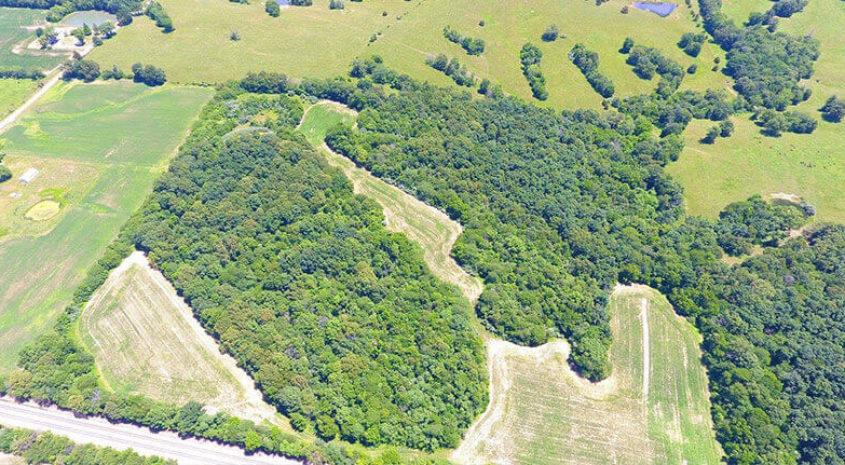Author: Shane Yearian, Trophy Properties & Auction
Many times, I get asked, “What are the steps to buying land?” That question is so simple, yet very complex, as there are factors that make it different for each buyer. It depends how much land they will need, what the current interest rates are, etc… Depending on their needs will affect the length of the buying process. I thought I would give an example to help- this is not set in stone and please keep in mind that rates fluctuate constantly.
Let’s use a $150,000 farm as an example.
First, before you find your farm, check with 3 to 4 local banks, and get a pre-approval letter so that you can make an offer when you find a property that you like.
The biggest part you will need is the down payment. Banks usually require around 20% down, (sometimes 15%). This means on a $150,000 farm, you will need $30,000 as the down payment.
Next, you need a good credit score and job history, usually banks look for a 2 year history with the same company/industry.
Once you have the 20% down, everything else falls into place and next come the monthly payments. Do you know that some farms out there will cost you each month what a car payment or house payment will cost? The best part is that land doesn’t depreciate like a car does as soon as you drive it off the lot. In fact, farms usually appreciate, especially if you fix them up.
 Take a $150,000 farm, pay $30,000 down, and that leaves us $120,000 to pay off. Let’s say you get a 4.5% interest rate for 30 years. That’s only $602.08 a month to own your farm.
Take a $150,000 farm, pay $30,000 down, and that leaves us $120,000 to pay off. Let’s say you get a 4.5% interest rate for 30 years. That’s only $602.08 a month to own your farm.
Take into consideration if the farm has income from tillable land, a house you are able to rent out on the property, timber value on the land, or you lease out the hunting rights. Let’s say our farm has $3,500 a year income from CRP and you can cut $10,000 worth of timber in a select cut. The $10,000 can help with the $30,000 down (you still need to have the $30,000 down at closing but you can put the $10,000 back in saving in a couple months after the timber is cut) and the $3,500 a year income will cover almost 6 farm payments every year.
I know this isn’t perfect, but I hope it helps even just one person that is hesitant on buying a property. Trust me when I say that owning your own dirt is worth its weight in gold and they ain’t making any more of it!


